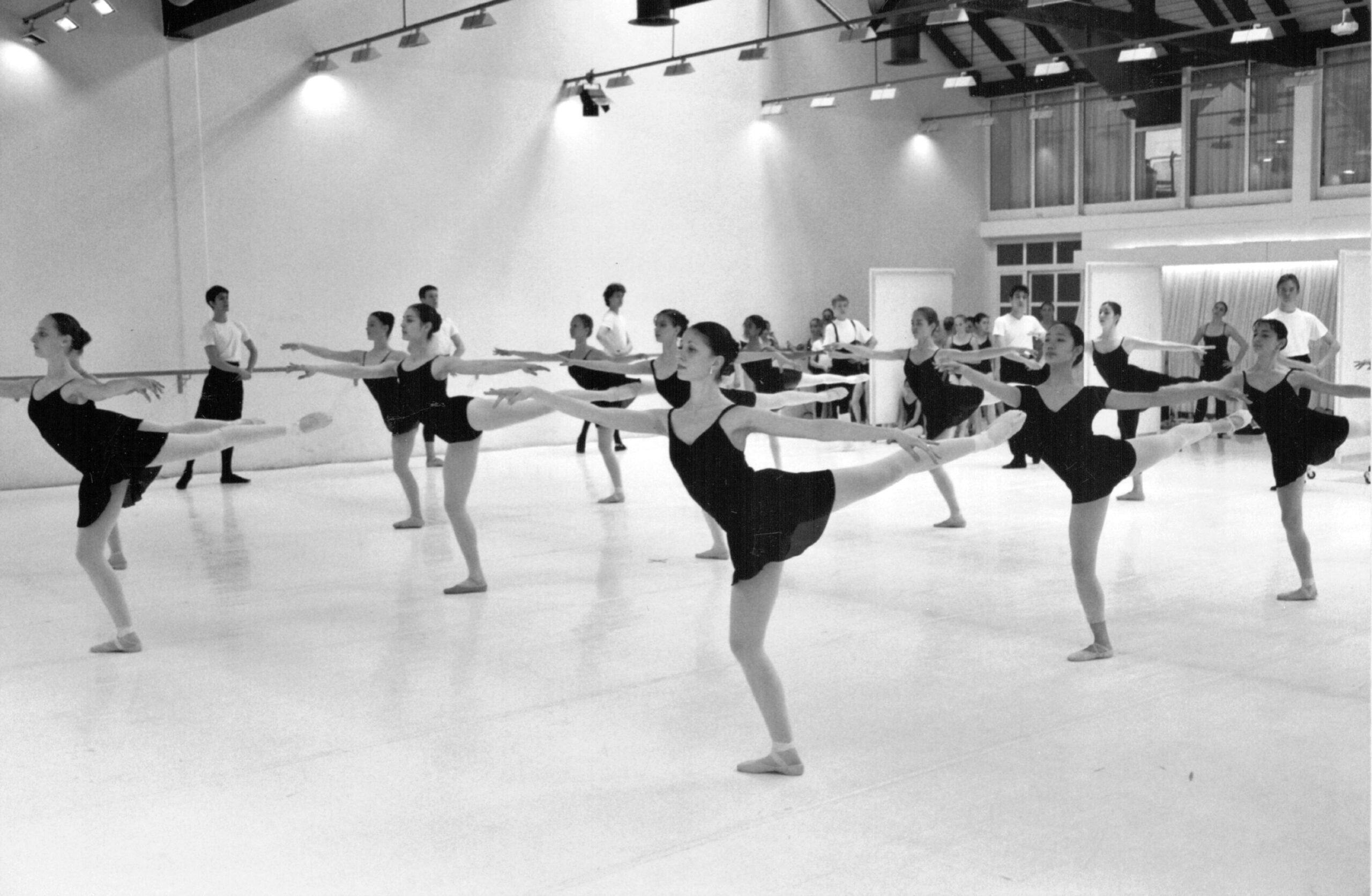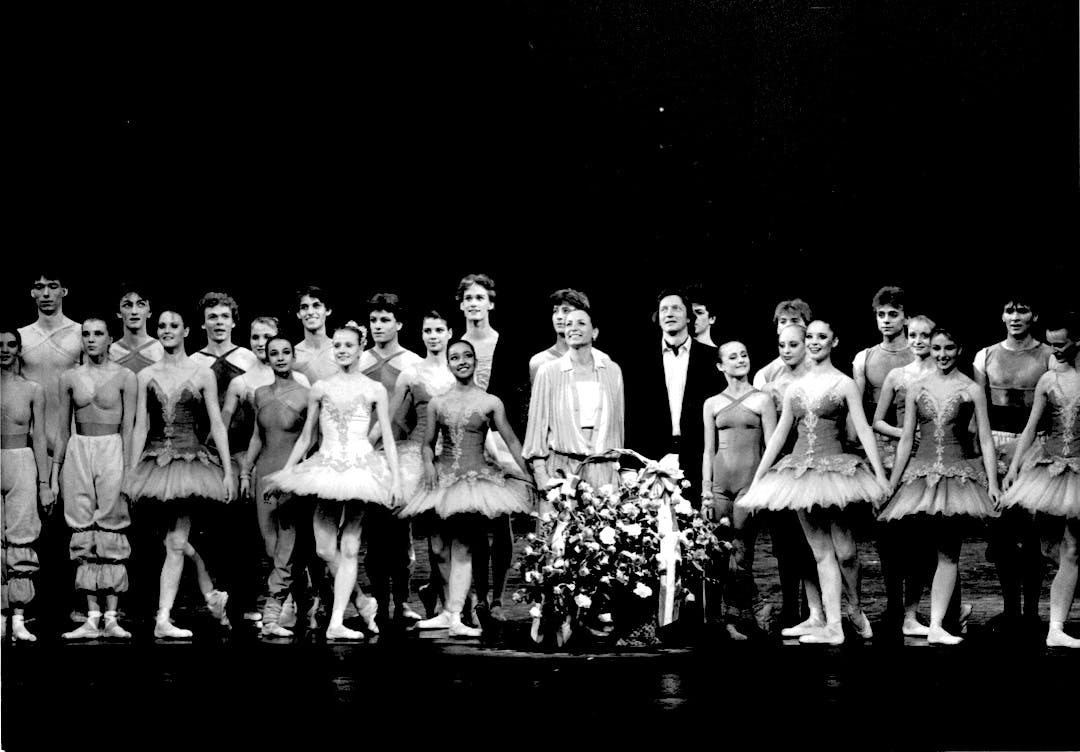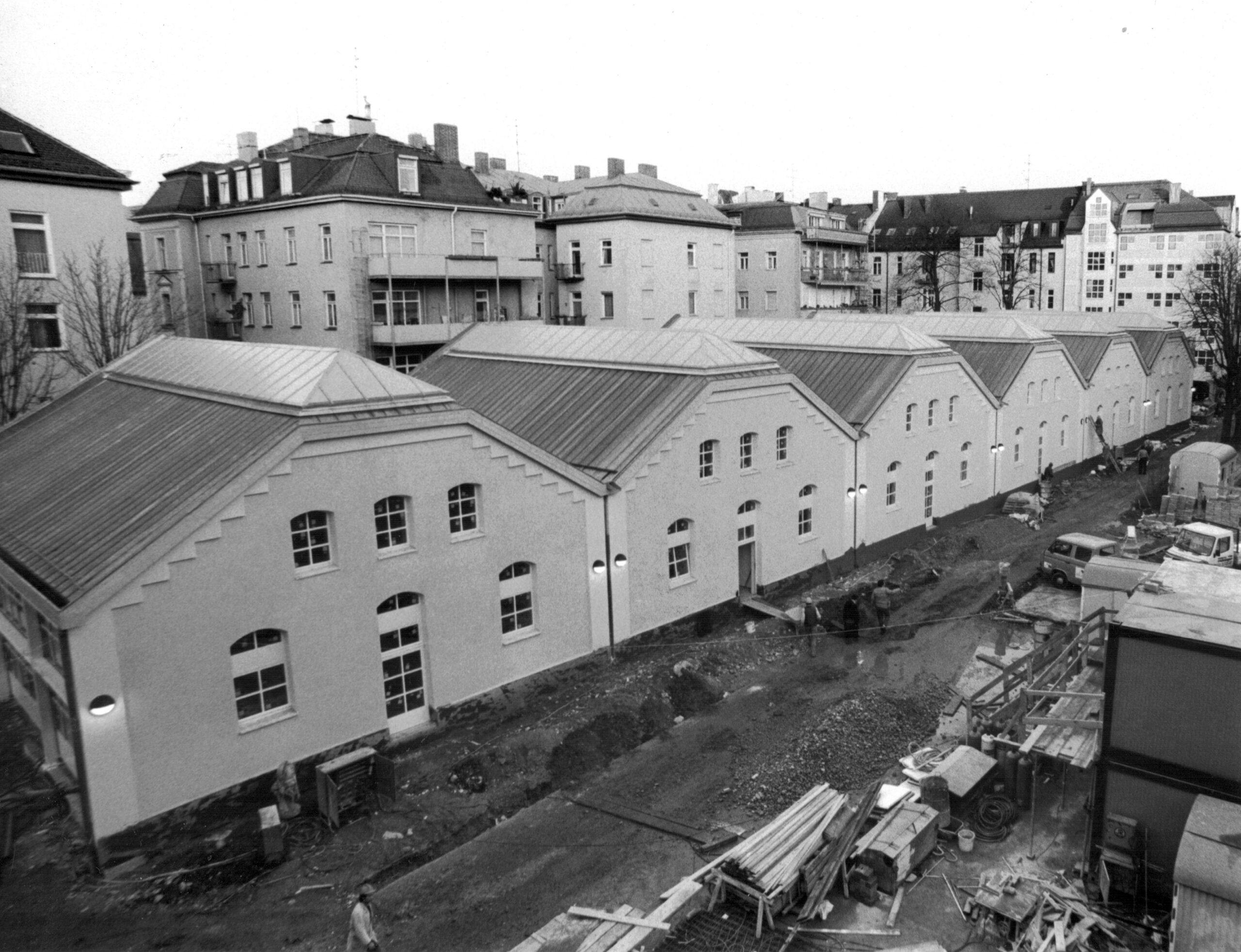Heinz-Bosl-Stiftung
History
Explore our history
The Heinz-Bosl-Stiftung was founded in 1978 in memory of Heinz Bosl, an exceptional dancer in Munich who died at a very young age. It was initiated by the visionary ballerina Konstanze Vernon, who aimed to give talented young dancers the opportunity to develop their art and thus preserve the great legacy of Heinz Bosl – her beloved dance partner.

Because boys were a minority in ballet at the time (as they are today), she initially focused on supporting young male dancers. The idea was to discover – and train – a new Heinz Bosl.


Konstanze Vernon began by establishing a structured dance education in Munich, based on the traditional Russian Vaganova method.
With the founding of the Bavarian Junior Ballet Munich in 2010, a collaboration between the Heinz-Bosl-Stiftung, Bavarian State Ballet and the Ballet Academy of the University of Music and Performing Arts Munich, this educational aim found its current form.




Today we strive to prepare young dancers for a challenging and ever-changing future.


1978 – 1987
In the beginning, the foundation focused on attracting highly qualified teachers to the Ballet Academy of the University of Music and Performing Arts Munich and on providing performance opportunities for the young dancers by staging new productions.
1978 – 1987
It was the start of the now legendary Bosl-matinées, which have become an integral part of the Munich dance calendar.
In 1986, Konstanze Vernon also found a new building and transformed it into a state-of-the-art studio complex. Instead of training in sports halls all over Munich, the budding professional dancers now had their very own building in the Wilhelmstraße.





1988 – 1997
When Konstanze Vernon was appointed as director of the Bavarian State Ballet in 1988, many of her former students were able to continue their careers on the stage of the Nationaltheater Munich.
1988 – 1997
Behind the scenes, too, changes were afoot: as well as hiring teachers and choreographers, the foundation was now able to directly support the young dancers with bursaries and scholarships.
This strategic development led the Heinz-Bosl-Stiftung to construct its very own hall of residence for its students.




1998 – 2009
Thanks to a generous donation by Prince Joseph Clemens of Bavaria, the Heinz-Bosl-Stiftung was able to purchase and renovate a building in the Herzogstraße in Munich.

1998 – 2009
In 1998, this “Prinz-Joseph-Clemens-Haus” was opened as a boarding house for the students. It also houses the foundation’s offices. Additionally, in 2003, the “Konstanze-Vernon-Forum for Choreography and Ballet” opened in the Herzogstraße with a large studio space.
Thanks to the efforts of Konstanze Vernon, the students of the Ballet Academy of the University of Music and Performing Arts Munich were exposed to an extensive and challenging choreographic repertoire, featuring works by choreographers such as George Balanchine, Serge Lifar, Jiří Kylián, Hans van Manen and Robert North. The foundation’s collection of costumes and technical equipment was also continually expanded.



2010 - present
In 2010, Munich’s largest dance institutions – the Heinz-Bosl-Stiftung, Bavarian State Ballet and the Ballet Academy of the University of Music and Performing Arts – came together to form an innovative partnership. Together they founded a new ensemble, which was initially called the “Bavarian State Ballet II/Junior Company”. In 2016, it was renamed “Bavarian Junior Ballet Munich”.
2010 bis heute
Konstanze Vernon died in 2013, five years after her husband Fred Hoffmann, who had served as the Heinz-Bosl-Stiftung’s director. Following their deaths, Ivan Liška took over the directorship of the foundation.
It has since funded several national and international tours by the Bavarian Junior Ballet Munich and has invited outstanding choreographers from all over the world to create new works for the young dancers.

Foundation
Who was our founder Konstanze Vernon?
A visionary and a strategist – and a driving force in the Munich ballet scene
Learn more